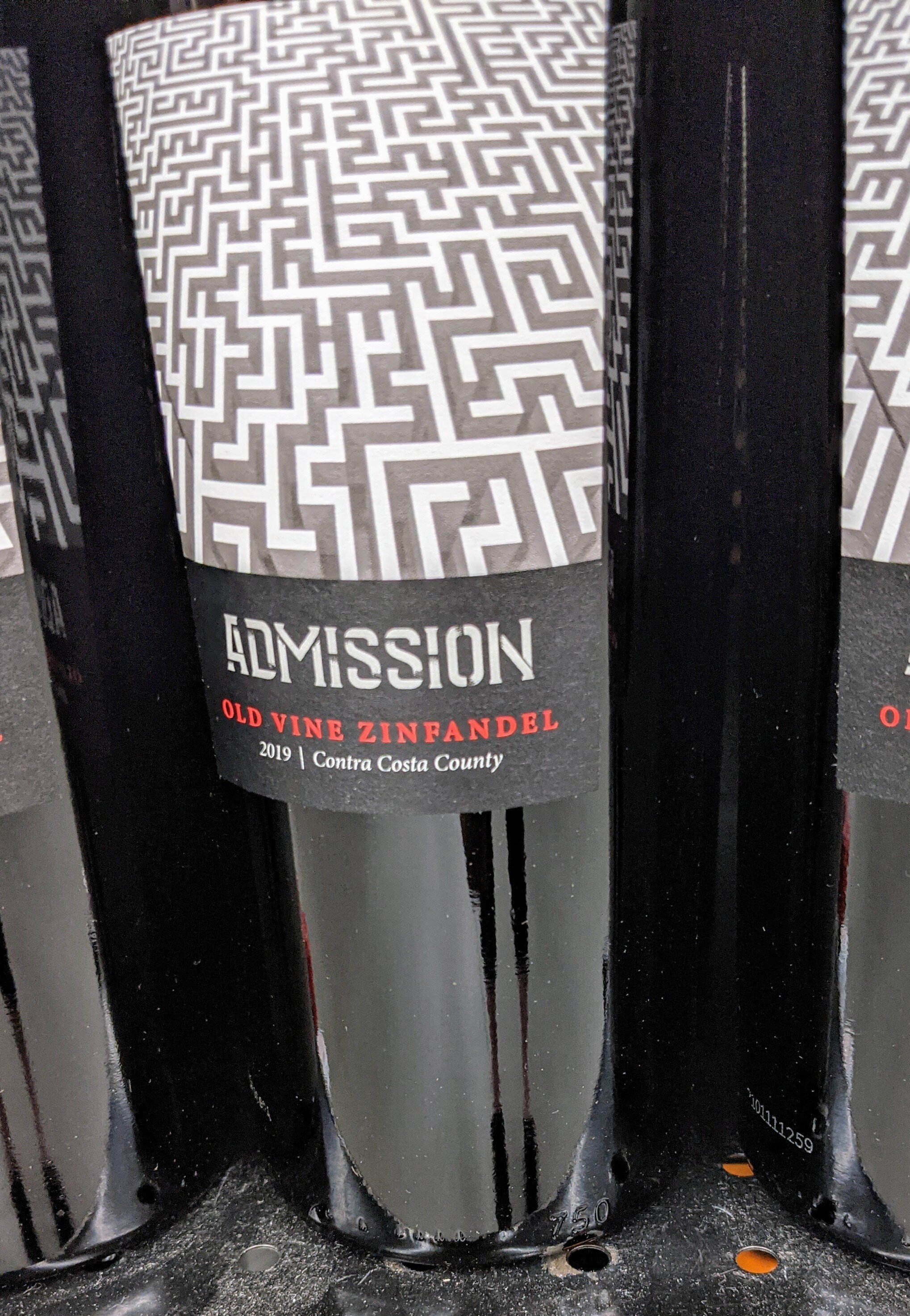
Ancient grapevines twisted with age conjure up images of vignerons walking through their fields, an outstretched hand dutifully tending these stolid friends who proffer up grapes each season.
“Old Vine” wine isn’t a regulated term, but old vine wines are typically made from grapevines that are more than 50 years old that were often planted in premium vineyard sites. As grapevines age, they produce less fruit that has greater concentration. Wines made from old vines enjoy a more intense and complex flavor profile often making them higher quality wines.
What Does It Mean If Wine Has ‘Old Vine’ on the Label?
If you spend any amount of time around wine, you’re likely to come across the term ‘old vine’ whether on a label, a marketing flyer, or a sales pitch from a sommelier or tasting room host.
In the US, however, the term ‘old vine’ isn’t regulated.
This means that anyone can use the phrase for marketing. An old vine can be 100 years old, 50 years old, or any other age. Some labels and marketing flyers will include an exact age, but others may purposefully omit a date.
A California non-profit, The Historic Vine Society, maintains a registry of old vineyards in the state. Vines must be at least 50 years old to qualify for the registry.
Why Are There So Few Old Vineyards?
Like all crops, grapes have a natural lifecycle. Baby vines take 3-5 years to become established and start producing grapes.
Before this, the vines are busy developing a root system and the permanent wood for their trunks.
The vine continues to develop and mature over the next seven years. Then from years ~10-30, the vine reaches full maturity, producing optimal crop quantity and quality.
At about 30 years old, fruit production begins to decline in vineyards.
Declining Yields
At this point, the vineyard owner has a choice: continue working a vineyard that will likely cost more to farm than the crop will sell for (operating at a loss), or rip out the vineyard and start the cycle over again.
Without a profitable return on investment, commercial producers will typically rip up and replant established vineyards to ensure a steady cashflow.
And think about the time scale for this sort of decision-making process. Most of us have ~40 years of professional work, which means that for a privately owned vineyard, this type of decision will likely be intergenerational.
This brings up another factor for why there are so few old vineyards.
Market Demand Changes: What’s Popular Today Might Not Be Popular Tomorrow
Twenty years ago, Merlot was the most popular red grape in California. Today, that honor falls on Cabernet Sauvignon. When the market shifted, Merlot vineyards were ripped out or switched over (through a process called head-grafting), to meet the market demand.
Those vineyards were never destined to hold the honorable title of ‘old vine’.
Taste preferences drive planting choices.
This is why old vines are so unique. Whoever has owned the land, through conscious choice or fortunate happenstance, didn’t replace the vines.
These vineyards have deep roots in our viticultural past, capable of bringing a special something to your wineglass.
What Kinds of Wines Do Old Vines Make?

If you’re fortunate to have a glass of wine made using grapes from old vines, spend some time savoring the experience.
There’s an ongoing debate over whether these vines make better wine than the younger versions of themselves.
Physiologically, there are a couple of things going on that support the argument in favor of old vines.
Grapevines store carbohydrates in their permanent wood (the trunks and thick arms).
They draw on this energy source early in the growing season before their leaves emerge from dormancy in the spring. The more carbohydrates the vine has stored up, the better off it is for that early growth spurt. Take a look at an old vine, and you’ll instantly realize how thick the trunk is, meaning there’s more energy available to support the vine early in the growing season.
Old Vines Concentrate Flavors in Wine
Old vines have reduced yields. This means that they produce fewer bunches of grapes than vines in their prime.
That reduced crop load hypothetically means that the vines are concentrating energy, flavor, and aroma compounds in the berries, lending the grapes to a premium style of wine.
Old Vines Are Planted in the Best Locations
Every parent wants to live in the best possible neighborhood to give a child a good start in life, and vineyard owners are no exception.
The term terroir refers to that magical combination of climate, soil, and topography that lends a little special something to memorable wines.
An argument in favor of old vines having that terroir spark is that they often find themselves in the best locations.
The original planters for these venerable vineyards didn’t have to contend with urban sprawl or dense agricultural plantings; they had their pick of locations and chose carefully, giving their vines every advantage to make great wines.
Ready to Try Some Old Vine Wines?
Why are wines from old vines better?
Greater energy reserves, limited crop yields, and premium growing sites lead to powerfully expressive wines.
Of course, the only way to know for certain if old vine wines is to find a bottle and try it for yourself. And when you do, be sure to lift your glass in commemoration of the vine, the vigneron, and the passage of time.
Personal Note: I usually don’t worry about the age of the vines when it comes to wine quality, except when it comes to Carignan. Here’s a grape that really benefits from some age. Go check it out.
Thirsty for More?
Check out how the decide what types of grapes to plant where.
Here’s a great post that covers how a bottle of wine gets priced – lengthy, but informative.



